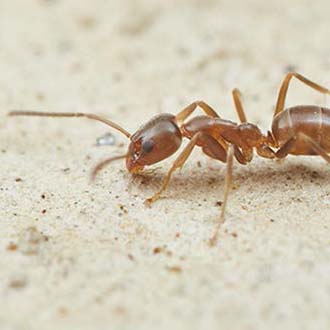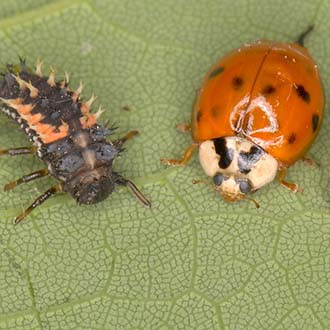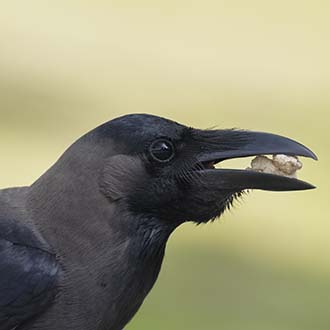
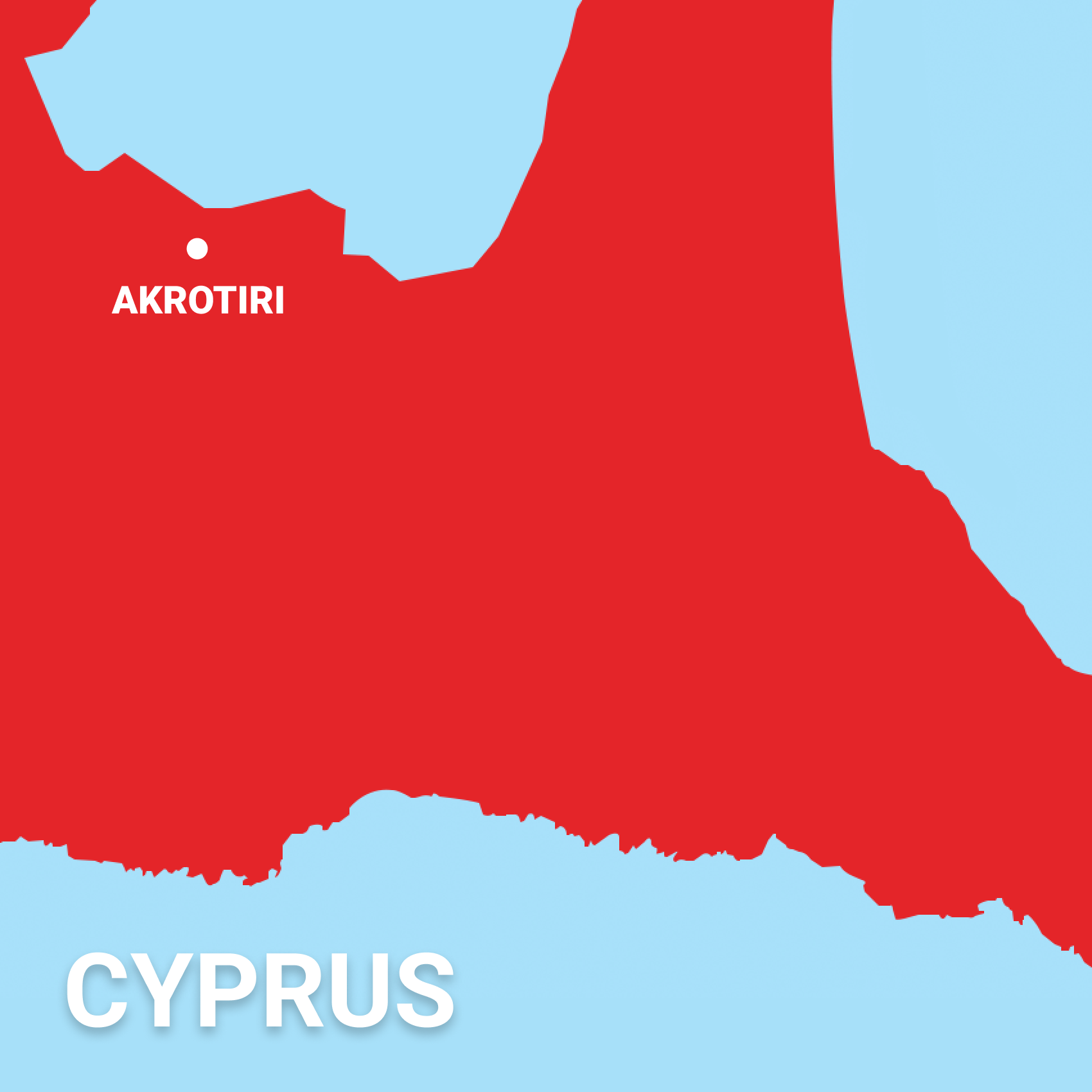
Akrotiri Peninsula is the southernmost part of the island of Cyprus. Its biggest part is situated within the Sovereign Base Area of Akrotiri, only a few kilometers to the SW of Limassol. There are several access routes to the peninsula from the mainland, including an asphalt road and several earth tracks. Access to various coastal parts of the peninsula is also available by sea. Akrotiri Peninsula covers roughly 60Km². It includes a southern plateau with a maximum elevation of just over 60m. The northern part lies below 10m elevation, covered by alluvial deposits. Its centre is occupied by a Salt Lake, which lies below the sea level with a minimum elevation of -2.7m. Its southern and western parts are exposed to prevailing southerly/westerly winds, whereas its eastern part is sheltered most of the time. The peninsula includes military installations and satellite communication sites, the built-up area of the village, agricultural plantations, forest, and also an internationally important wetland complex. The latter comprises Akrotiri Salt Lake and a number of adjacent internationally important saline and freshwater habitat types (salt marsh, permanent & seasonal saline lagoons, sand flats, freshwater & saline reed beds and freshwater marsh). It is the largest aquatic system in Cyprus, and one of the few major Salt Lakes within the eastern Mediterranean in semi-natural condition that exhibits a wide range of saline and freshwater influences. It has an outstanding ecological and biodiversity value and supports an appreciable number of rare, vulnerable or endangered species or subspecies of plants or animals. It also supports a high number of internationally important migratory birds providing them with a significant resting, breeding and feeding habitat.
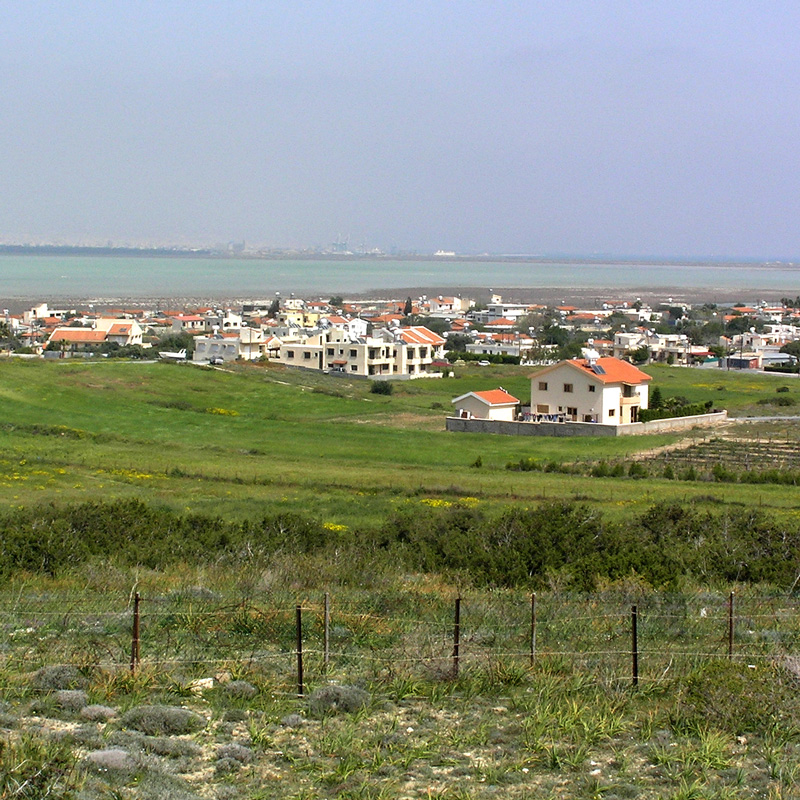
What species will be a focus?
Invasive alien species are a main driver of global biodiversity loss and negatively affect ecosystem functions, socio-economic parameters as well as human health and well-being. In Cyprus, more than 1,200 alien species have been recorded! Monitoring the introduction of new alien species and mapping their distribution are important to catalogue, assess and mitigate their impacts. During this project we aim to map the presence and distribution of alien species in the Akrotiri Peninsula.


How to participate
Download the iNaturalist application to your Android smartphone or iPhone or access the webpage www.iNaturalist.org through your computer, and create an account.
You can also join our Akrotiri BioBlitz 2023 project in iNaturalist to check out your contribution and other people’s observations from the region.
Photograph plants, insects, birds or any organisms you observe in the Akrotiri Peninsula from the 26th to 28th of May 2023 and upload all your observations on iNaturalist.
If you do not want to use iNaturalist app (for any reason), but still would like to get involved, join us on May the 26th at the Akrotiri Environmental Education Centre and learn more about the wildlife of Akrotiri and alien species!
Who are the organisers
The event is organised by personnel of the Akrotiri Environmental Education Centre, the Education Unit for the Environment and Sustainable Development and Darwin Fellows of the Vector Ecology & Applied Entomology Group, Joint Services Health Unit, Akrotiri, UK SBA.
Contacts:
Dr Angeliki F Martinou, af.martinou@gmail.com
Ms Ioanna Angelidou, joanna_angelidou@hotmail.com

